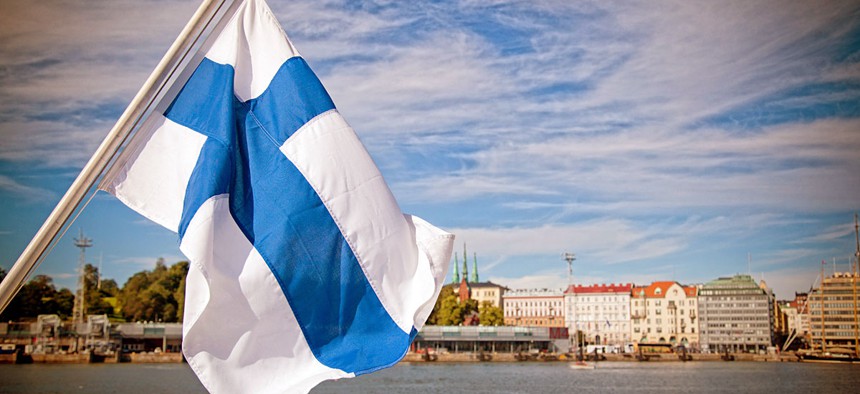What the US Can Learn from a Nordic Innovation Leader

Olga Smirnova/Shutterstock.com
More than 50 national innovation foundations spread throughout the world emphasize the growing importance of innovation in the Information Age, according to a new report.
With more than 50 countries now boasting national innovation foundations, the United States may want to take a page or two out of some of their best practice books, according to a recently released report.
Published this month by the Information Technology and Innovation Foundation, “The Global Flourishing of National Innovation Foundations” report highlights the frontrunners in the increasingly competitive global innovation field.
The majority of these countries’ national innovation foundations were only launched within the last two decades. The earliest -- in Finland and Brazil -- date back as far almost 50 years.
Each foundation varies greatly in size and effectiveness, according to the report. But their goals overwhelmingly relate to network development, research, policy and supporting small enterprises. The best ones, according to the report, are “lean and nimble, able to shift their operations and priorities at the speed at which modern innovation and technological development unfolds.”
There appears to be little correlation between the results of a country's innovation foundation and its economy size or development stage. For example, Finland has excelled in this arena while the U.S. continues to lack a well-developed innovation entity, according to the report.
Finland has two separate innovation foundations. The Finnish Innovation Fund, or SITRA, handles the government and social side of innovation, while the Finnish Funding Agency for Technology, or "Tekes," handles the commercial sector.
The report focused on the latter, which was launched in the 1980s and has a $754 million budget.
Tekes tends to support technology-based projects deemed most challenging, which are normally launched by very small firms. It also encourages collaboration between companies and schools, by connecting them through its Strategic Centers for Science, Technology and Innovation.
Innovation results appear to have little connection with how much the country’s leaders discuss the topic, according to the study.
“American presidents and British prime ministers have been talking up ‘innovation’ since at least the 1970s, but efforts to promote innovation through direct government action or support for innovation infrastructure have been inconsistent at best,” the report stated.
Nations with innovative agencies often took advantage of the subject's global nature by launching international outposts, according to the report. For example, the Innovation Center Denmark and Tekes have stations in Shanghai.
The type of nation with innovation foundations were wide ranging, and included such countries as Colombia, Ghana, India and Japan.
Finland is a standout among its peers, according to the report.
“If the younger generation of innovation entities delivers returns on the same order as Tekes, the question for governments with such organizations . . . is not whether they can afford to preserve and support an innovation entity -- it is whether they can afford not to do so,” the study concluded.
(Image via Olga Smirnova/ Shutterstock.com)
NEXT STORY: Video: How Open Data Powers the Polls





